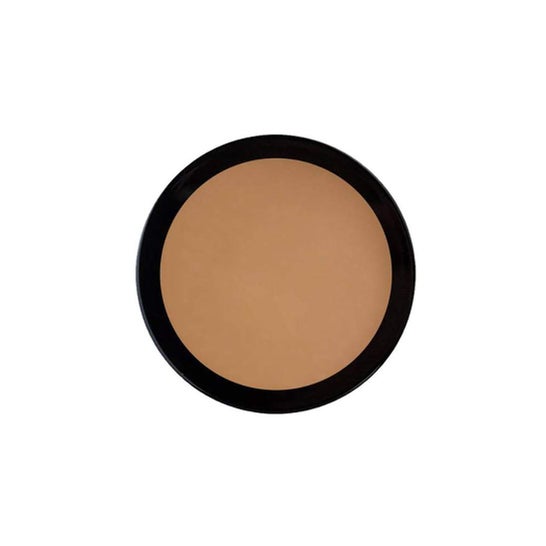Concealer made with botanical extracts and vitamin C to help brighten skin. Its formula is emollient and highly pigmented to help cover dark circles and other skin imperfections. Suitable for all skin types, especially acne-prone skin.
Innovascience Hydrating Corrective Concealer Nro626 Dark 4g
4,73€ by redeeming Health points. Log in
![]() Sent from France
Show details
Sent from France
Show details
Enviado por DocMorris
Helps cover up skin imperfections
4 g
Shipping in 24-72h
4,73€ by redeeming Health points. Log in
![]() Sent from France
Show details
Sent from France
Show details
Enviado por DocMorris
Description
Price per 100 G
Pharmaceutical Advice
Acne is a skin condition that occurs when oil and dead skin cells clog and block the openings of the hair follicles. This creates an environment of inflammation, activation of the immune system and bacterial proliferation that worsens the skin condition. When the clogged pore becomes infected they become blackheads or closed or open comedones. They usually appear on the face but can also appear on the neck, back, shoulders and chest.
It is usually common among teenagers but can affect people of all ages. Hormonal changes (adolescence, pregnancy and menopause) or the use of unsuitable cosmetic products may be the cause of acne outbreaks. Ongoing stress, an unhealthy diet or mechanical friction (in the case of ""maskne"") can worsen the problem.
A basic cosmetic routine for oily, acne-prone skin should include cleansing with a specific, non-irritating product; a moisturiser with sebum-regulating ingredients that is non-comedogenic; and oil-free sunscreen. This last step is essential to prevent hyperpigmented marks.
At night, we can apply cosmetics with more intensive renewing and comedolytic ingredients, such as alpha- and beta-hydroxy acids or retinoids, among others, depending on each particular case. In the event of outbreaks with abundant comedones, inflammation and discomfort, it is essential to see a dermatologist for the most appropriate treatment. Manipulation of the lesions should be avoided, as it only contributes to aggravating the condition.
Safety and product information
Safety visual aids
At this time we do not have safety images for this product, but we are working on it. We encourage you to check back later for updates. In the meantime, we recommend that you read the safety information that comes with the product before using it. If you have any questions about safety, please do not hesitate to contact us. Also, if you wish, you can also return the product by following our terms and conditions.
Manufacturer details
At the moment we do not have the manufacturer's details, but we are working to add them as soon as possible. We invite you to check back later for updates. If you have any questions, please do not hesitate to contact us, we will be happy to help you.
RELATED SEARCHES ABOUT Concealers
New in Make-up
- Sensilis Skin Glow [Highlighter] Corrector Iluminador 02 Sand 4,5ml
- Sensilis Skin Glow [Highlighter] Corrector Iluminador 01 Ivory 4,5ml
- Lily Lolo Crema Labios y Mejillas Poppy 4.5g
- L'Oréal Infallible Stay Fresh Wear Foundation 32H 20 30ml
- Lastswab Beauty Hisopo Reutilizable Maquillaje Rosa 1ud
- Beter Pincel Maquillaje Fluido Extra Cobertura 1ud
- Beter Pincel Maquillaje Fluido 1ud
- Beter Pincel All Make-Up 1ud
- Beter Pincel Blush 1ud
- Beter Pincel Sombras Ojos 1ud

